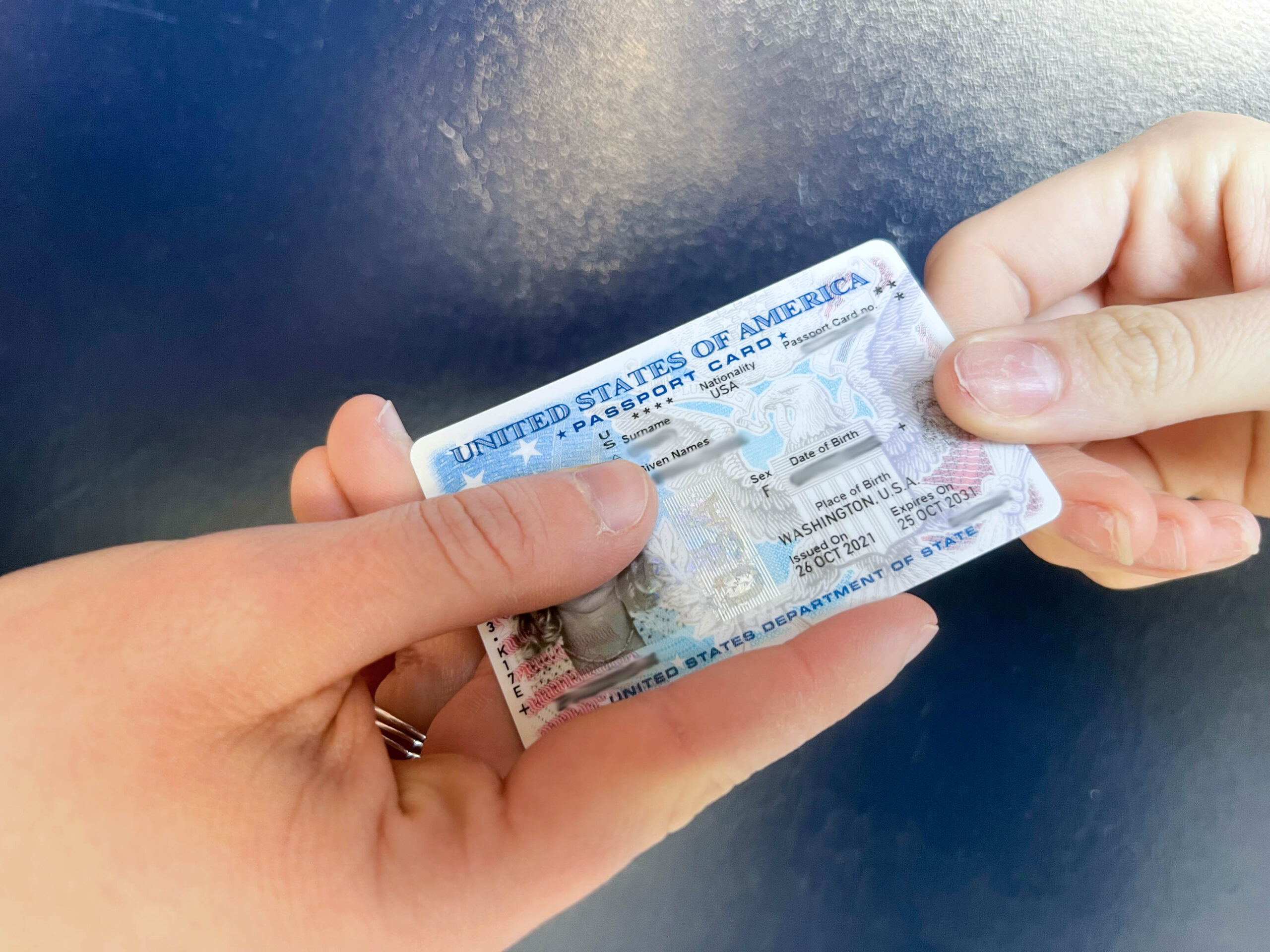What masks are best from a medical expert
Wearing masks is an important part of fighting the coronavirus pandemic, however, the debate over which masks are best to wear continues to be discussed in America
“Anyone could have the virus,” Dr. Christopher Nasin, medical director of the University of Rhode Island Health Services, said. “So physical distancing, hand washing and mask wearing are the most important things we can do to prevent outbreaks of COVID-19.”
There are different types of masks, but some offer better protection than others, according to Nasin.
There is a hierarchy of masks due to the level of protection they afford to the general population. At the top of this ranking is the N-95 respirator because it grants the highest level of protection against COVID-19, according to Nasin. However, Nasin said these should be reserved for first-responders and healthcare workers because they are in direct contact with positive cases on a daily basis.
The next best masks are surgical masks. Nasin said that they offer a lot of protection against respiratory droplets, but they do not offer as much airborne protection as N-95 respirators. Both the N-95 and surgical masks were in high demand at the beginning of the pandemic because both healthcare workers and the general population were using them, and many people still continue to wear them because of the protection they provide.
An alternative mask that offers decent protection is the standard face covering that everyone usually wears. The protection of the standard face covering often varies depending on their construction, such as how many layers they have or what material they are made out of. Generally, two-layer or three-layer cotton masks offer the best protection for the general population.
“The face covering affords a lot of protection,” Nasin said. “The way it really affords that protection is something called source control.”
If an individual has the disease, and they sneeze, cough or speak loudly, the face covering traps the vast majority of the larger virus particles. A mask reduces the risk of infecting other people, and Nasin said that source control is essential to preventing spread.
“When we wear a mask, we protect our nose and our mouth, and that affords us protection and other people as well,” he said.
There is a large debate regarding neck gaiters, face shields and vented masks. Some studies have shown that neck gaiters do not offer protections against respiratory droplets, according to Nasin.
However, he also said that there is a large difference between respiratory droplets and virus particles. As a result, Nasin said the Center for Disease Control and Prevention (CDC), has yet to produce an official announcement. He did say that they do not offer as much protection as the standard face mask.
The face shield, according to Nasin, stops large droplets from escaping because most are thrusted against the front of the plate, but they are not as effective as a face covering because of the open sides. Nasin said a face shield is often used by some populations, such as older adults with Chronic obstructive pulmonary disease (COPD) or emphysema, who cannot handle wearing an actual mask because of valid medical issues.
Nasin said the CDC advises against vented or valved face masks because they do not offer any protection as it goes against the concept of source control. It allows for particles to flow in and out of the mask easily, thus not blocking the virus.
The market availability for face masks has increased, yet some of the masks are there more for style rather than effectiveness, according to Nasin.
“Consumers believe that valved masks look heavy duty,” he said, “but in fact they do not offer as much protection as a two-layer.”
He said if you are outdoors alone, then you do not need to wear a mask, but you should always have it with you just in case you come in contact with others. When you are inside, you should always keep it on because respiratory droplets are more of a concern in closed-air regions. Even if you are social distancing, indoor or outdoors, you should wear a mask.
“The attack rate is extremely high, much higher than the flu,” Nasin said. “The closer you are in proximity to others, you should wear a mask.”
Nasin said it is a misconception that people believe when they are outside that they do not need a mask, even if they are socially distanced. According to Nasin, around 60 percent of college-age, young adult demographics show no symptoms of the virus, and asymptomatic people can unknowingly spread the virus.
Nasin urged that people keep distance from one another, and overall, he said URI is handling the virus well.
“It takes a community to come together to keep all of us safe during a time like this,” said Nasin. “They are simple measures, but they mean a lot.”
URI senior Mark Rotondo believes that it is not worth arguing against wearing masks. He wears an N-95 respirator whenever he is in public regardless of where he is because he is immunocompromised and wants the best protection possible.
“As an avid lover of history, I fully understand when a country should sacrifice a minute amount of freedom to protect its existence,” he said.
To protect yourself and others, wear a mask, social distance and wash your hands. For more information about which masks to wear, visit the CDC website. The standard face mask is used by the general population of America, and if you can find a suitable option for you based on the information in this article, there are most likely ways to personalize it so you feel happier and more willing to wear a mask.




